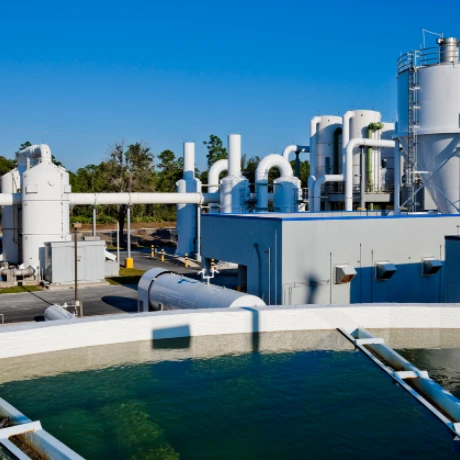



chemical treatment of drinking water
Chemical Treatment of Drinking Water A Safeguard for Public Health
Drinking water quality is fundamental to ensuring public health and safety. As populations grow and urbanization increases, the demand for clean and safe drinking water intensifies. One of the most effective methods to meet this demand is through chemical treatment, which has been widely adopted across the globe. This article explores the various chemical processes used in treating drinking water, their benefits, and potential concerns associated with their use.
Chemical treatment of drinking water typically involves several processes designed to remove contaminants, pathogens, and impurities. The primary objective is to produce water that is safe for human consumption, meeting the stringent regulations set by health authorities. Common chemicals used in the treatment process include chlorine, ozone, and various coagulants such as aluminum sulfate and ferric chloride.
Chlorination is one of the most prevalent methods of disinfection. Chlorine is added to water to kill bacteria, viruses, and other harmful microorganisms. This method is highly effective and relatively inexpensive, making it a staple in many water treatment facilities. However, concerns have been raised regarding the formation of disinfection byproducts (DBPs) when chlorine reacts with organic matter in water. DBPs, such as trihalomethanes and haloacetic acids, have been linked to various health risks, prompting the need for careful monitoring and regulation.
Ozone treatment is another powerful disinfection method. Ozone is a strong oxidant that is effective at destroying a wide range of pathogens and organic pollutants. Unlike chlorine, ozone does not leave a residual in the water, which means that it must be generated on-site and used immediately. While ozone treatment is effective and does not produce harmful DBPs, its short-lived nature makes it less practical in some situations compared to chlorination.
chemical treatment of drinking water

Coagulation and flocculation are key processes in the removal of suspended solids and turbidity from water. In these processes, coagulants such as aluminum sulfate are added to water, causing small particles to clump together and form larger aggregates known as flocs. These flocs can then be removed through sedimentation or filtration, resulting in clearer and cleaner water. The effectiveness of this treatment depends on the proper dosage and mixing of coagulants, as well as the characteristics of the water being treated.
While chemical treatments provide numerous benefits, they are not without limitations and concerns. The potential for chemical contaminants, such as heavy metals and residual treatment chemicals, necessitates stringent monitoring. Additionally, communities must be aware of the socio-economic implications of chemical treatment systems, particularly in low-income regions where access to advanced technology and funding may be limited.
Furthermore, the environmental impact of chemical treatments must be considered. The discharge of treated water, along with any residual chemicals, can affect aquatic ecosystems. Hence, it is crucial for water treatment facilities to implement best practices and technologies that minimize environmental harm while ensuring public health safety.
In conclusion, the chemical treatment of drinking water is a critical component of modern water management and public health safeguarding. While methods like chlorination and ozone treatment effectively combat pathogens and produce safe drinking water, careful consideration must be given to their potential health and environmental impacts. Continuous research, technological advancements, and regulatory oversight will be essential to optimize these processes, ensuring that drinking water remains a safe and accessible resource for all.
-
Why Sodium Persulfate Is Everywhere NowNewsJul.07,2025
-
Why Polyacrylamide Is in High DemandNewsJul.07,2025
-
Understanding Paint Chemicals and Their ApplicationsNewsJul.07,2025
-
Smart Use Of Mining ChemicalsNewsJul.07,2025
-
Practical Uses of Potassium MonopersulfateNewsJul.07,2025
-
Agrochemicals In Real FarmingNewsJul.07,2025
-
Sodium Chlorite Hot UsesNewsJul.01,2025










